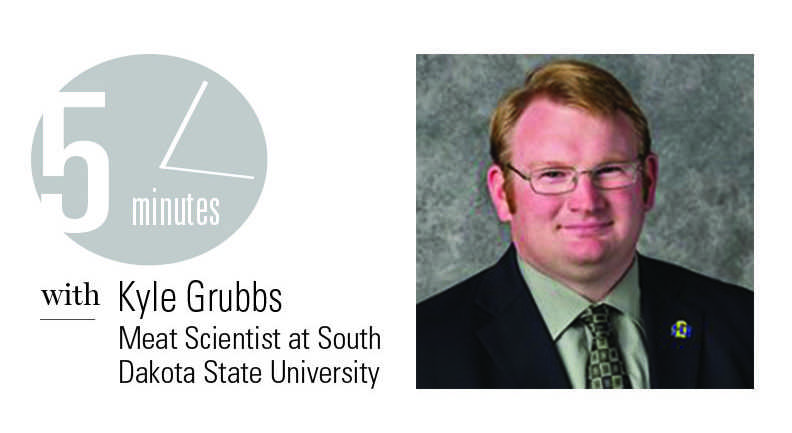The “Five minutes with” series focuses on an SDSU faculty, student or member of the Brookings community.
What can students expect to learn in your introduction to meats class?
We mostly focus on, what is meat science, what is meat, and how they can be better consumers, and also understand different perspectives of different consumers. My students always kind of laugh because I am in the animal science department and they always laugh when I say, “Are there any vegetarians?” Being a vegetarian is a perfectly good choice if that is what you choose to do, so it’s always looking at it from a different perspective, to think about how other people look at food. Even though it is a meat science course, we have to talk about eggs and milk because that is an integral role in the diet as well.
Why is learning about meat science important?
Particularly within animal science, I try to make my students better consumers. To understand where their food comes from, that can be both sides of the coin, whether they are from the city, they probably sometimes lack the knowledge of animal production, or if they are in production, they sometimes lack the knowledge of the retail level of meat or food consumption.
What is the Meat Lab?
The Meat Lab is a facility on campus that we use mostly to teach classes like AS101, which is Introductory to Animal Science 101 and Introduction to Meat Science. We also use it for other classes to look at animal carcasses and things like that. We also use it for some extension events, like “Barbeque Bootcamp,” and our research projects.
What’s your favorite part about being a meat scientist?
I really like teaching, but I would say that teaching is not necessarily a part of meat science, and then the research. I would say I am split 50-50 between those two.


















